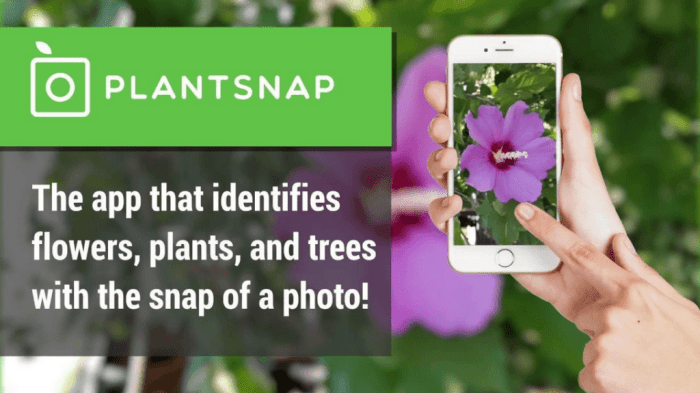Plant Identification Apps for Android: A Comprehensive Guide
Plant identification apps have become increasingly popular tools for botanists, gardeners, and nature enthusiasts alike. These apps leverage technology to aid in the identification of various plant species, offering a convenient and efficient way to learn about the flora around us. This guide explores the key aspects of Android plant identification apps, from their features and functionalities to the technical considerations involved in their development and the future of this innovative technology.
Introduction to Plant Identification Apps
Android plant identification apps provide a user-friendly interface for identifying plants based on various input methods. These apps often utilize sophisticated algorithms and comprehensive databases to match images or descriptions to plant species. Different approaches, including image recognition and database matching, contribute to the accuracy and efficiency of the identification process.
- Image Recognition: Many apps utilize image recognition technology to analyze plant features, such as leaves, flowers, and stems, comparing them to a vast database of plant images.
- Database Matching: Other apps rely on comprehensive databases containing detailed information about plant species, allowing users to input characteristics and narrow down possible matches.
| Feature | App Type A (Image Recognition Focused) | App Type B (Database Matching Focused) | App Type C (Hybrid Approach) |
|---|---|---|---|
| Image Recognition Accuracy | High | Low | Medium |
| Database Coverage | Medium | High | Medium |
| User Interface | Intuitive, camera-centric | Detailed, user-input driven | Balanced, incorporating both |
| Cost | Free with in-app purchases | Free | Free with in-app purchases |
App Features and User Experience
A successful plant identification app prioritizes a user-friendly experience. Key features include a user-friendly interface, efficient input methods, and clear identification results. The app should support diverse input methods, allowing users to upload images, take pictures, or input descriptive information. Intuitive navigation and a visually appealing design contribute significantly to the overall user experience.
- Essential Features: Image capture, upload, identification suggestions, detailed plant information (description, habitat, uses), and offline access.
- User-Friendly Input Methods: Direct camera access, image upload from gallery, and a text input field to specify characteristics.
- Importance of UI Design: Intuitive navigation, clear presentation of results, and visually appealing design elements.
- User Feedback: Implementing a feedback mechanism allows users to report errors or suggest improvements.
Database and Content Quality

A comprehensive database is crucial for accurate plant identification. Data accuracy and up-to-dateness are paramount for reliability. Reliable data sources include botanical databases, expert input, and user contributions.
- Data Sources: Botanical gardens, university research, and scientific publications.
- Data Evaluation: Regular verification of accuracy and completeness, cross-referencing with multiple sources, and incorporating user feedback.
- Database Updates: Regularly updating the database with new plant species, corrected information, and enhanced descriptions.
Image Recognition and AI Integration
Image recognition plays a vital role in plant identification apps. AI algorithms are used to analyze images, identifying key features and comparing them to a database of plant images. The accuracy of image recognition models varies depending on the training data and the complexity of the plant’s features.
- Image Recognition Models: Convolutional Neural Networks (CNNs) are commonly used for image analysis.
- Image Processing Techniques: Techniques such as image enhancement and feature extraction are used to improve identification accuracy.
- API Comparison: Comparing the performance of different image recognition APIs based on factors such as accuracy, speed, and scalability.
End of Discussion
In conclusion, a free plant identification app for Android offers a unique opportunity to engage users with nature and empower them with knowledge about the diverse plant life around them. By understanding the intricacies of image recognition, database management, and user experience, developers can create applications that are both informative and enjoyable to use. The future of plant identification apps looks promising, with advancements in AI and AR poised to revolutionize how we interact with the natural world.